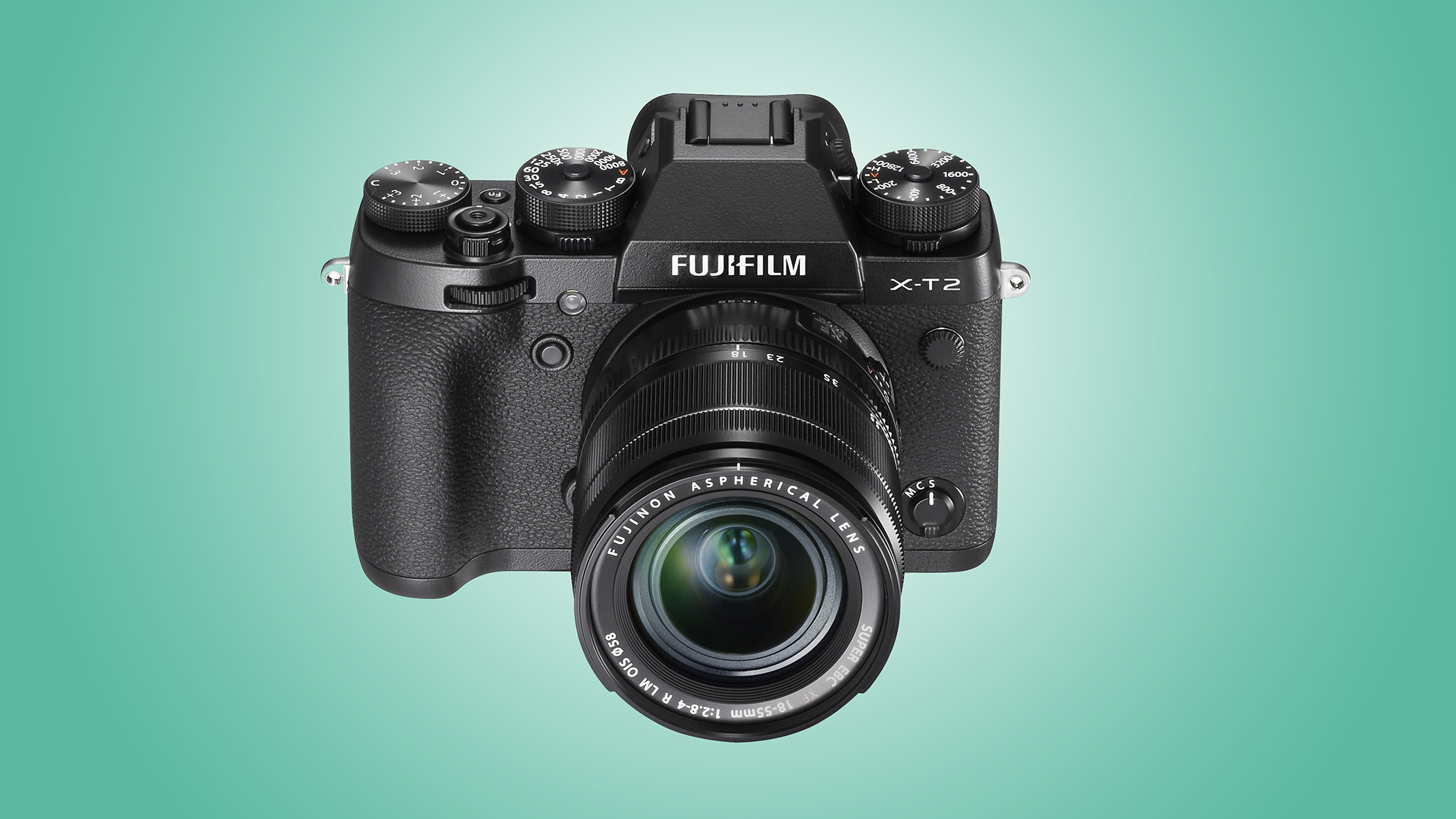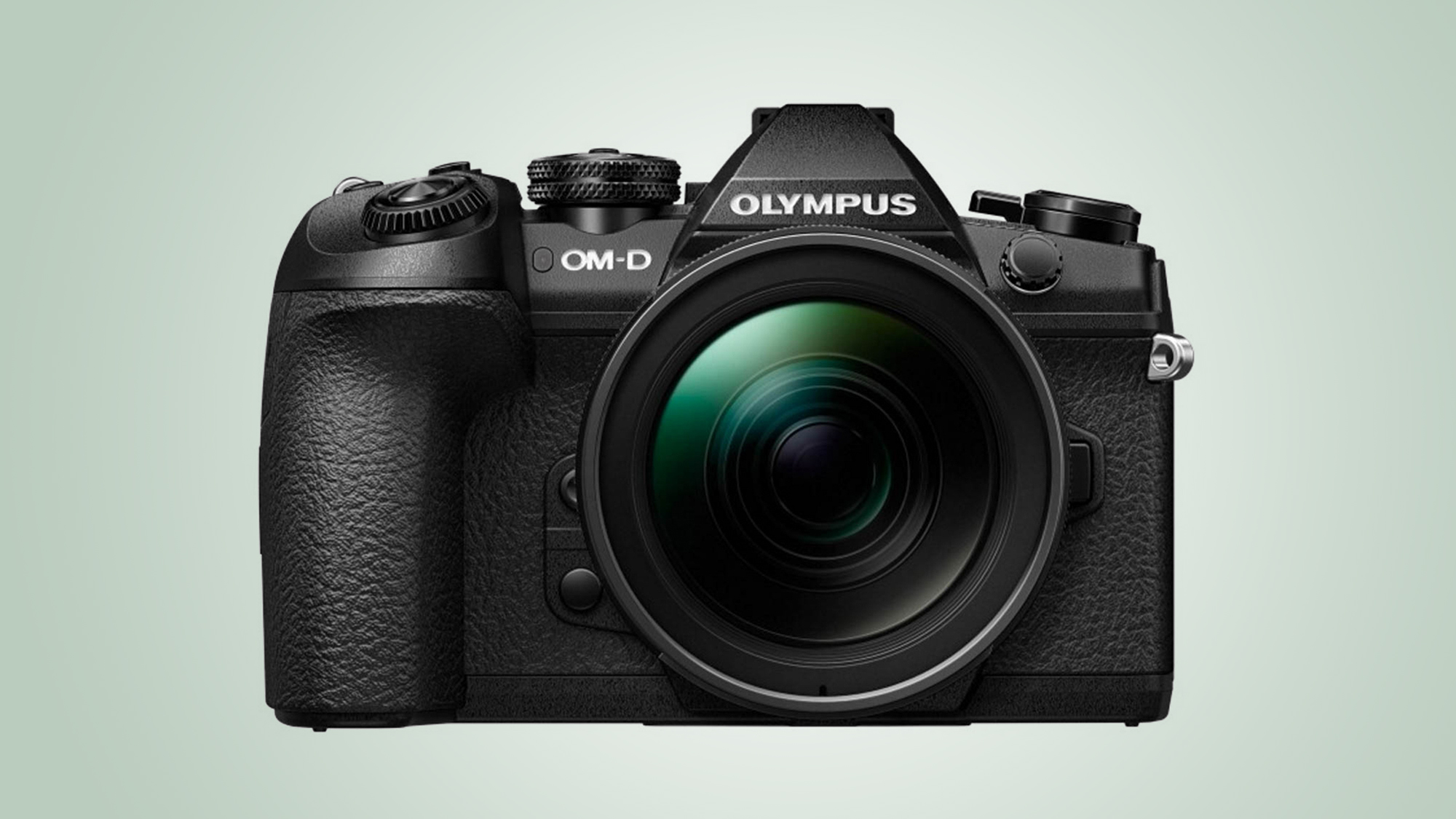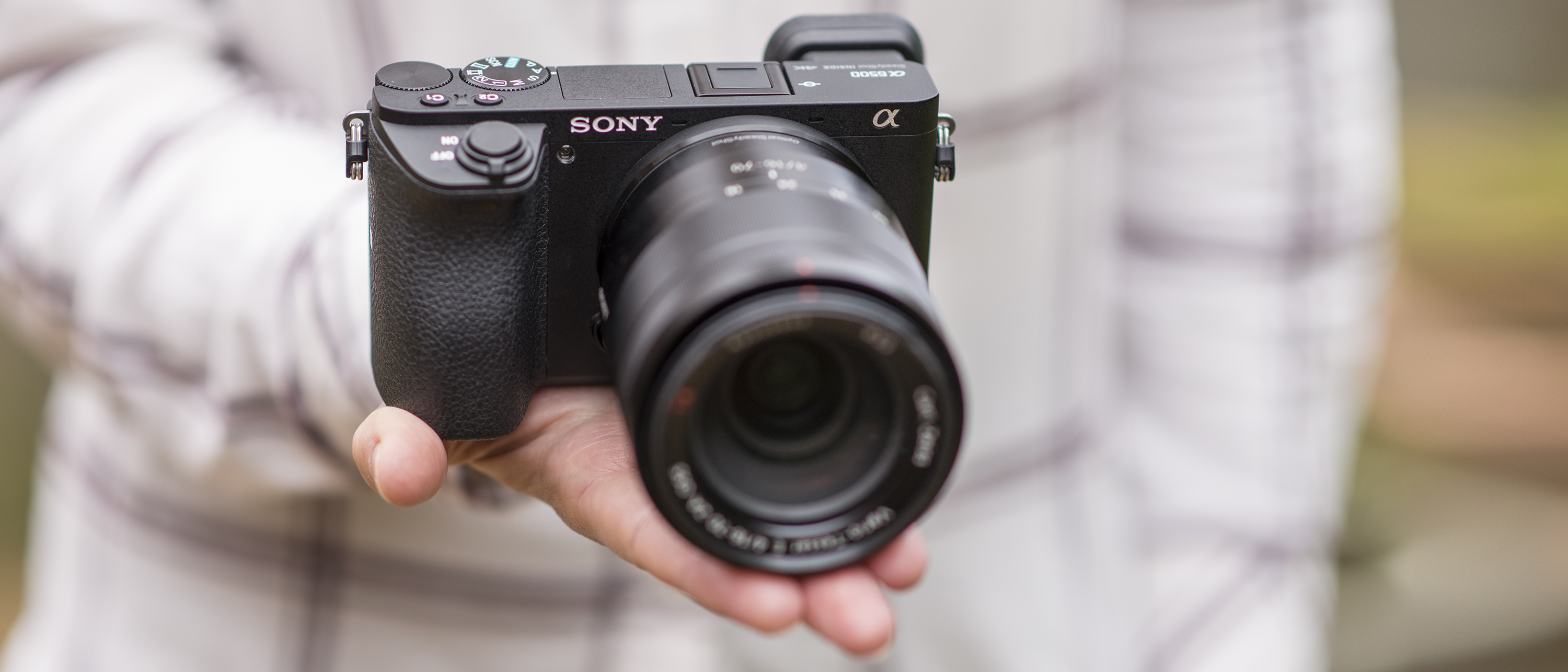Why you can trust TechRadar
Verdict
We might be able to count the Sony A6500's five new features on one hand, but they add up to a much faster and robust camera than was the A6300. Of course, it would've been nice if these features had debuted in the A6300; however, if you’ve been waiting for an APS-C Sony with nearly the same capabilities as the company’s full-frame A7 Mark II, this is it.
Despite our reservations about the fiddly controls and dense menu system, no other camera does as much as the Sony A6500 does, and while being more affordable to boot. It keeps up surprisingly well with many higher-end DSLRs and mirrorless cameras for sports – and if you’re looking to get serious with video, you won’t find a much better option.
Competition

Fujifilm X-T2
Offering a 24.3MP sensor and 4K video (with F-Log shooting through an external recorder), the Fujifilm X-T2 is a strong competitor. You’ll get much better ergonomics and more saturated colors by going with Fujifilm, but is that worth the higher price tag?
Read our in-depth Fujifilm X-T2 review

Nikon D500
Nikon's flagship APS-C DSLR is equipped with a 20.9MP sensor and 10fps burst rate with a huge 200-raw buffer. Although it has a sparser 153-point AF system, the system is even better than the one used by the A6500. A fabulous piece of kit.
Read our in-depth Nikon D500 review

Olympus OM-D E-M1 Mark II
The flagship camera from Olympus sports an incredibly impressive AF system and is capable of shooting at a staggering 18fps with focus tracking. The sensor isn't a match for the one in the A6500, but it's built like a tank with impressive weather-sealing.
Read our in-depth Olympus OM-D E-M1 Mark II review
Phil Hall is an experienced writer and editor having worked on some of the largest photography magazines in the UK, and now edit the photography channel of TechRadar, the UK's biggest tech website and one of the largest in the world. He has also worked on numerous commercial projects, including working with manufacturers like Nikon and Fujifilm on bespoke printed and online camera guides, as well as writing technique blogs and copy for the John Lewis Technology guide.

